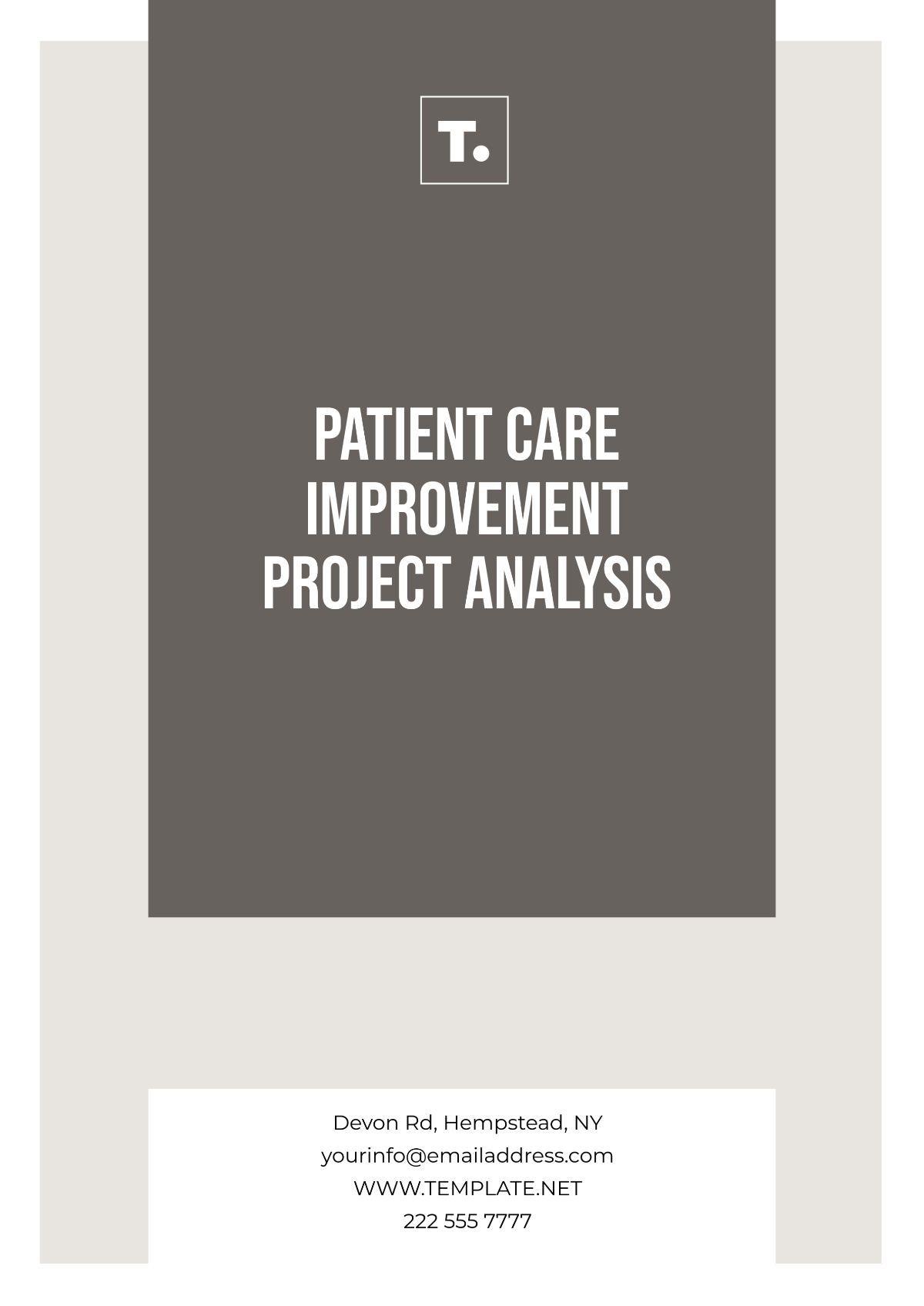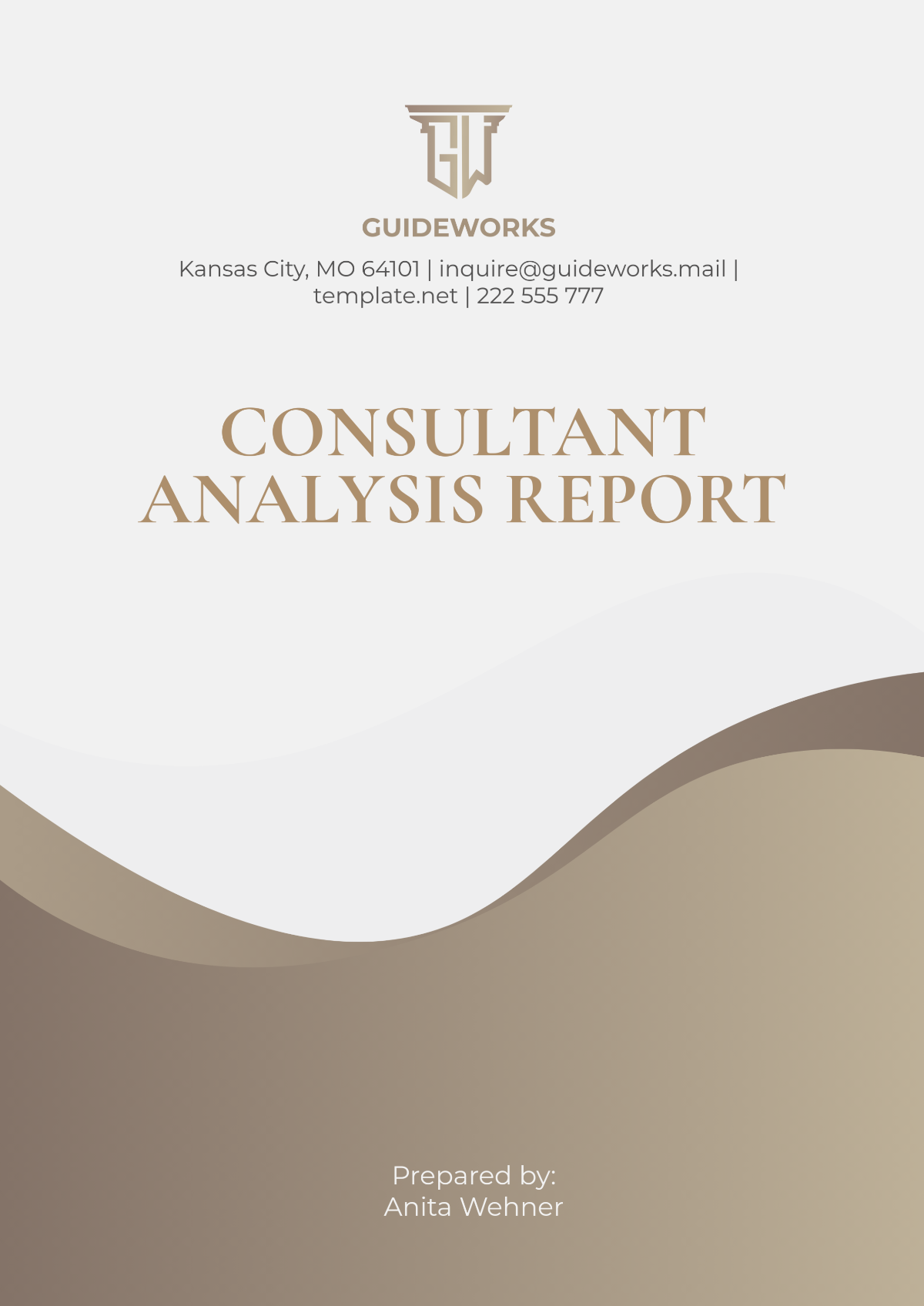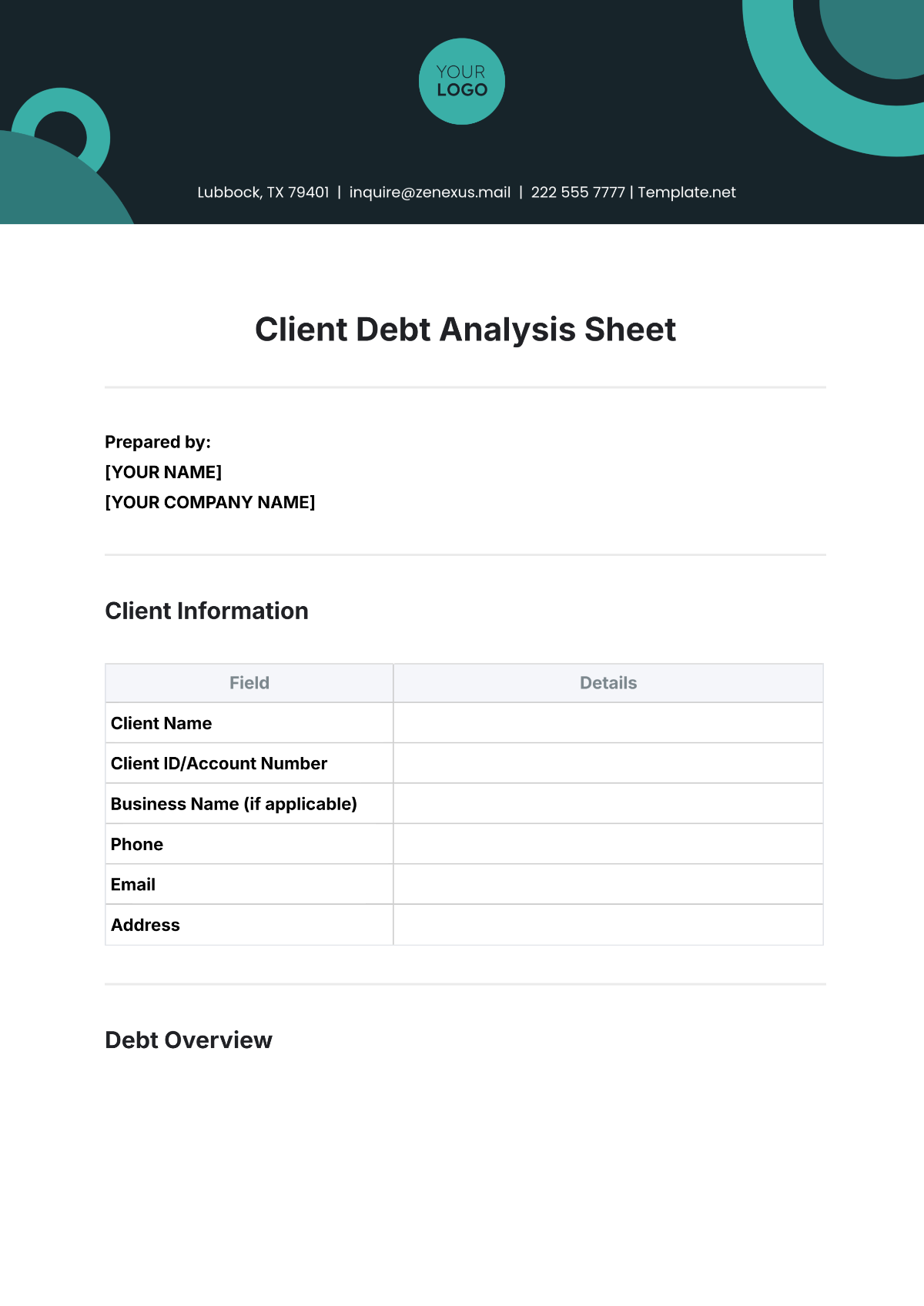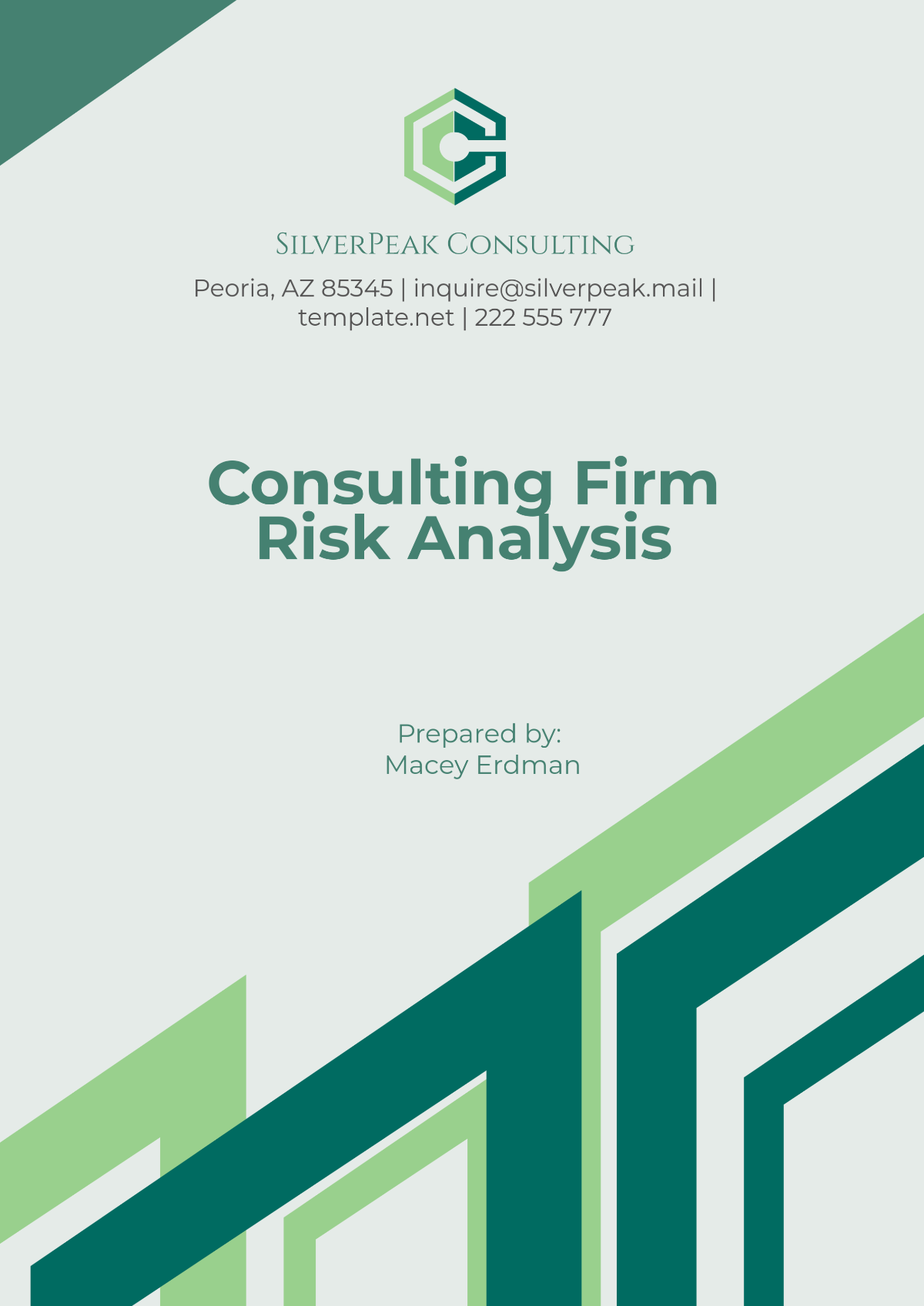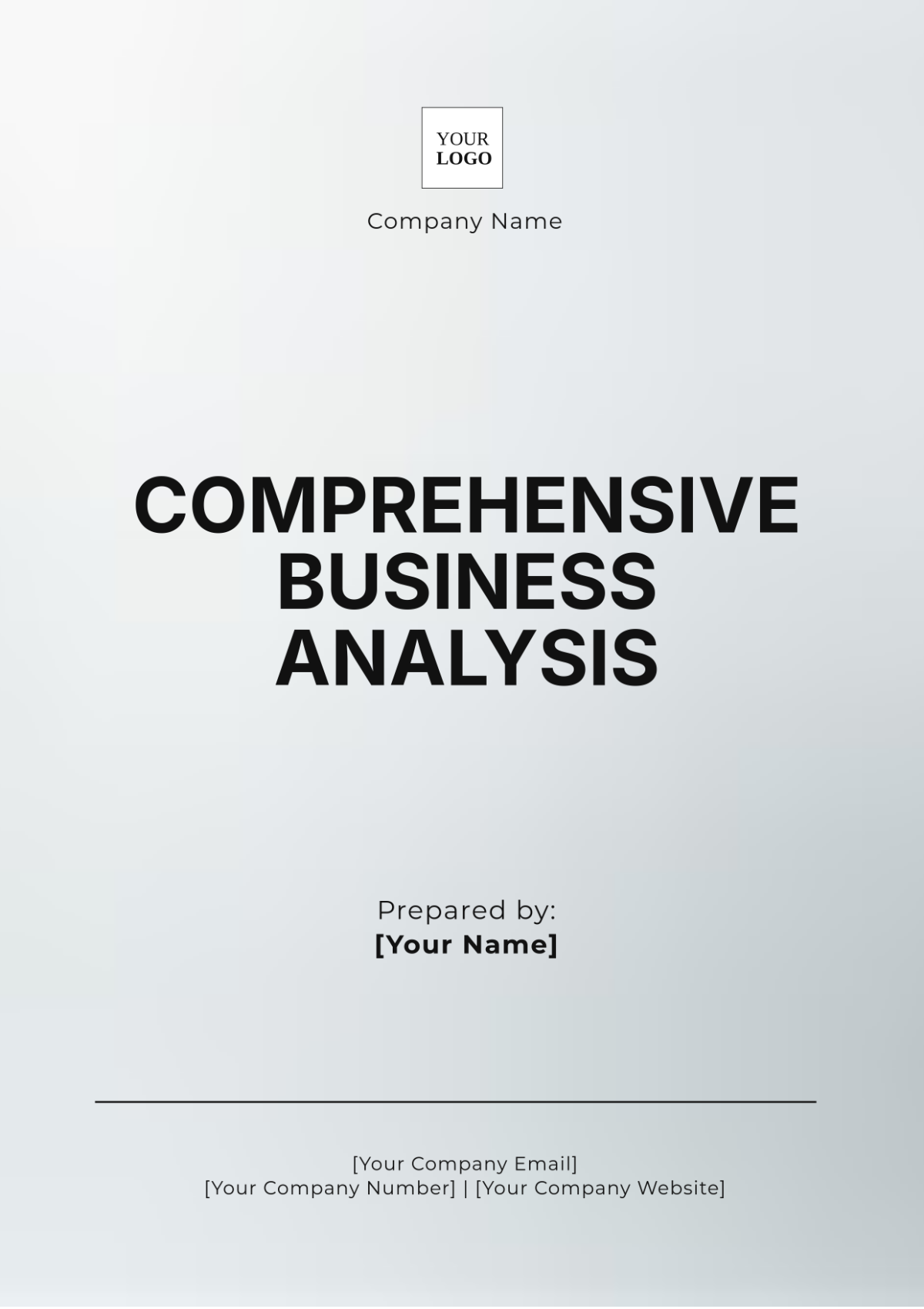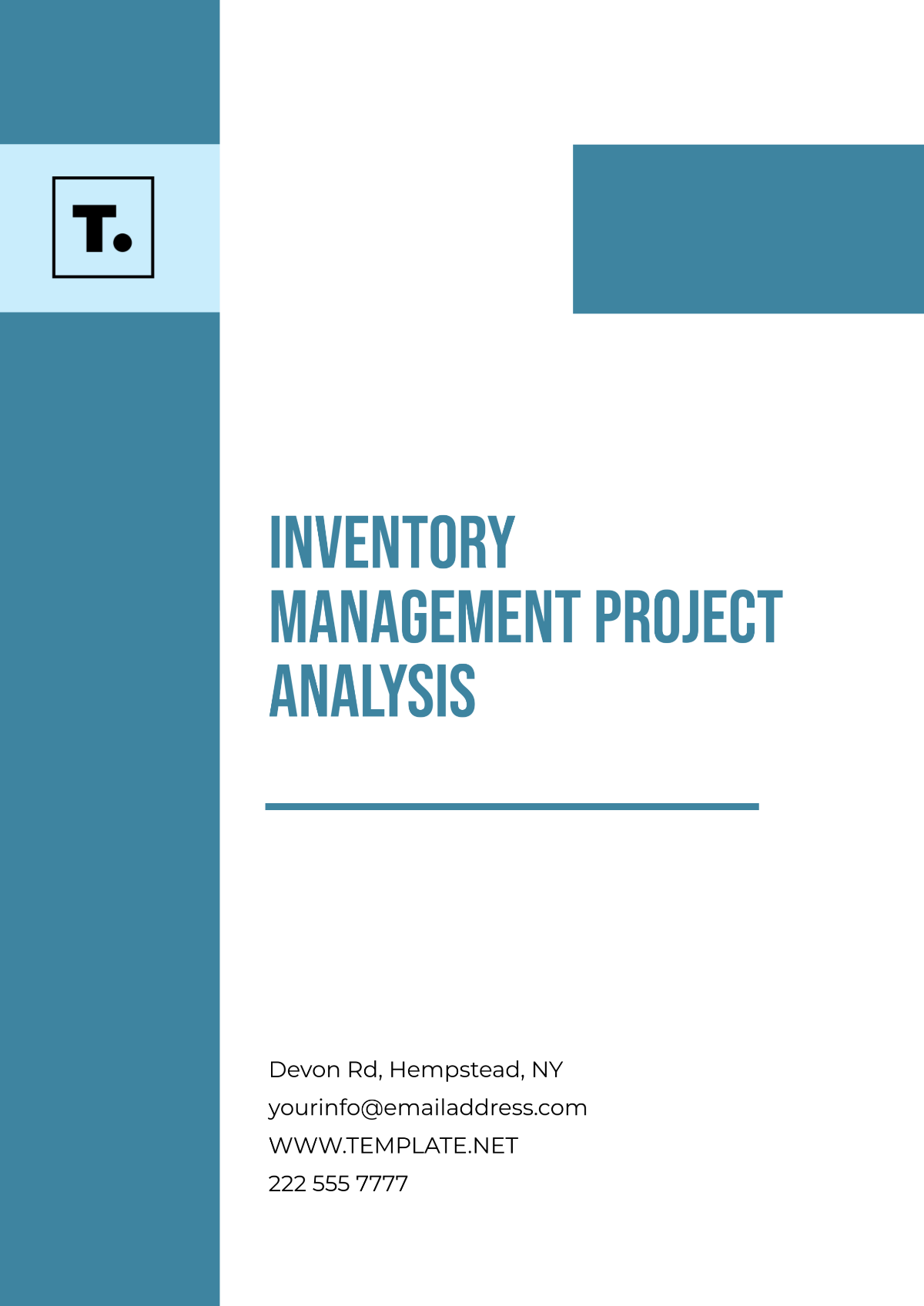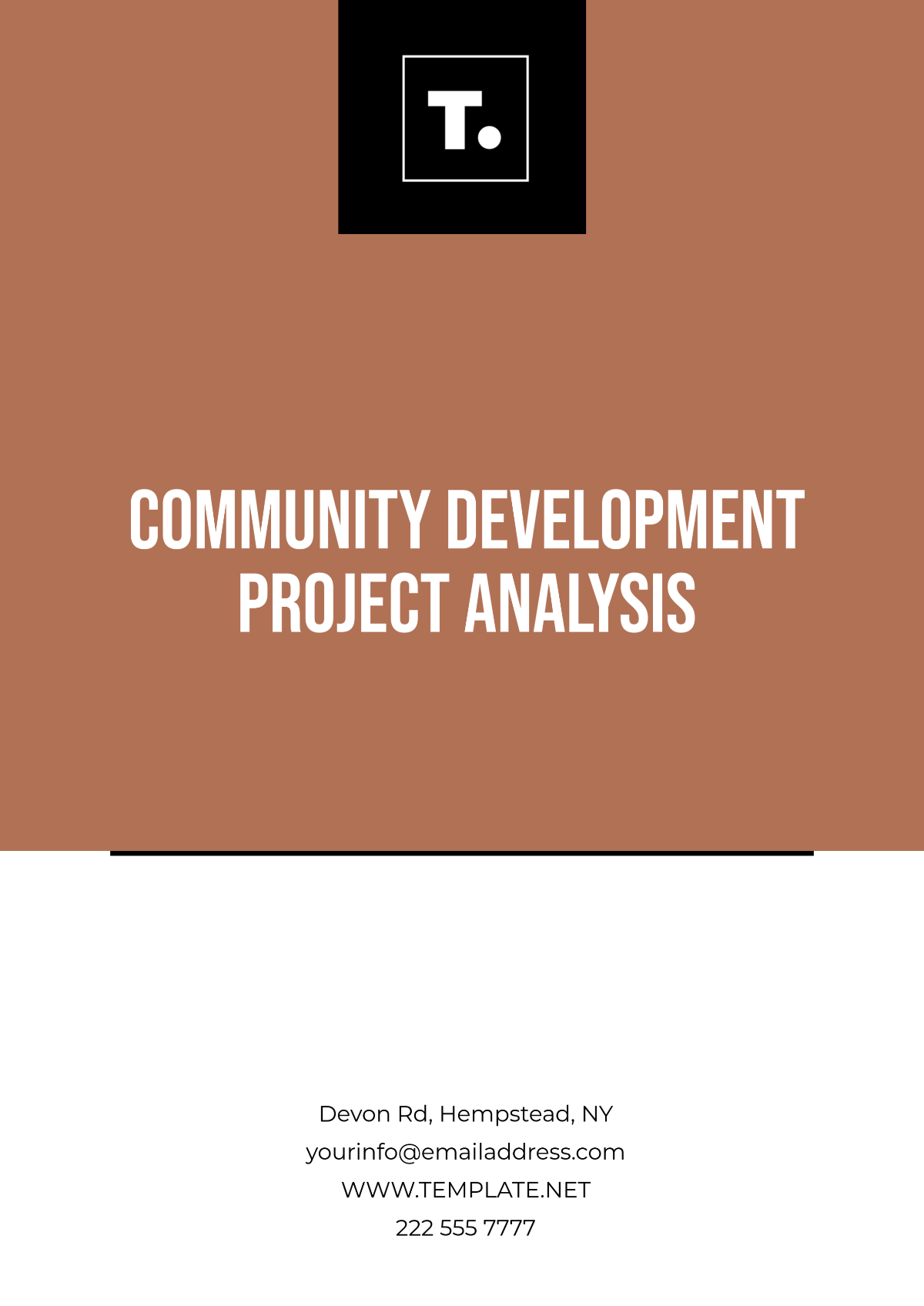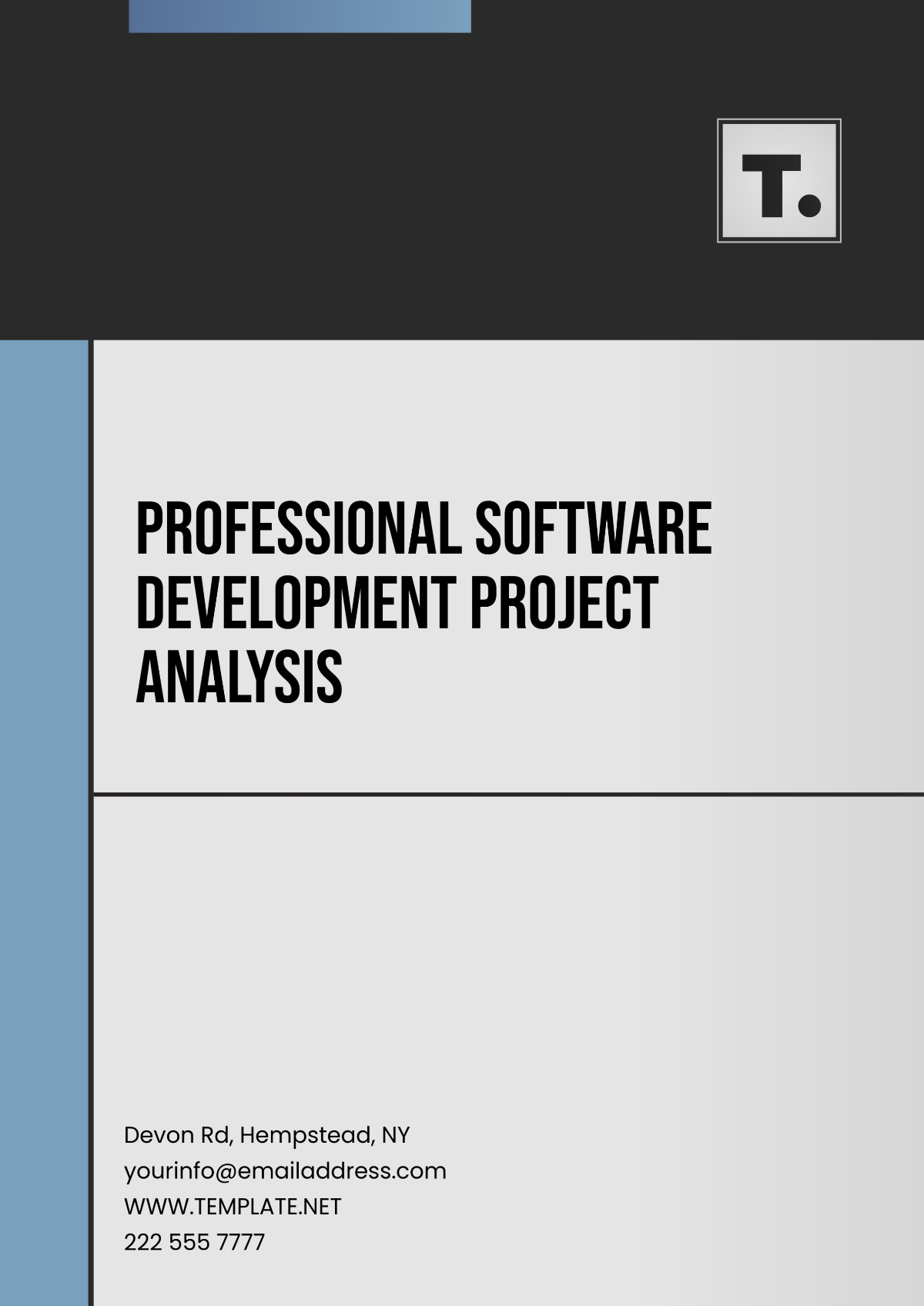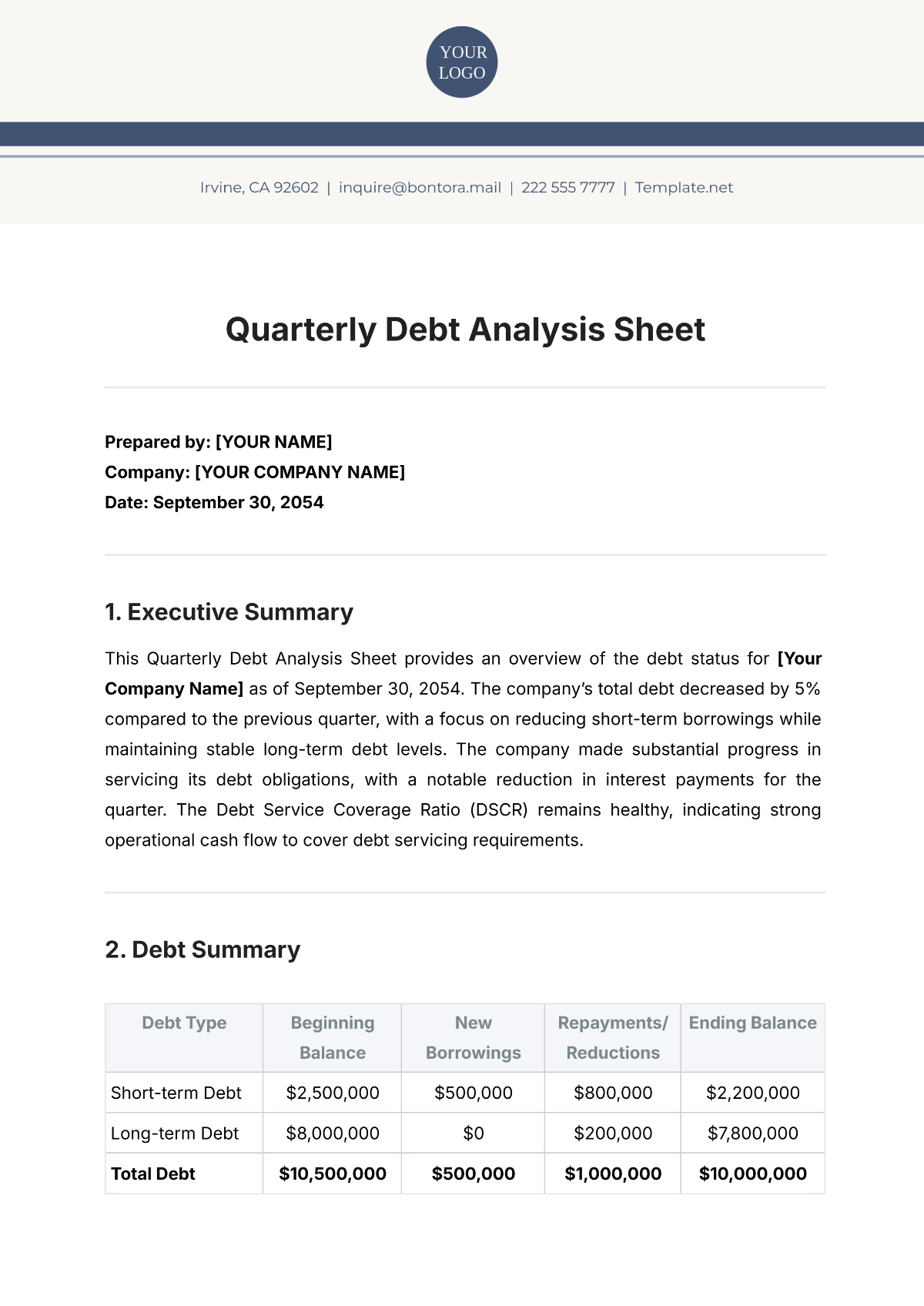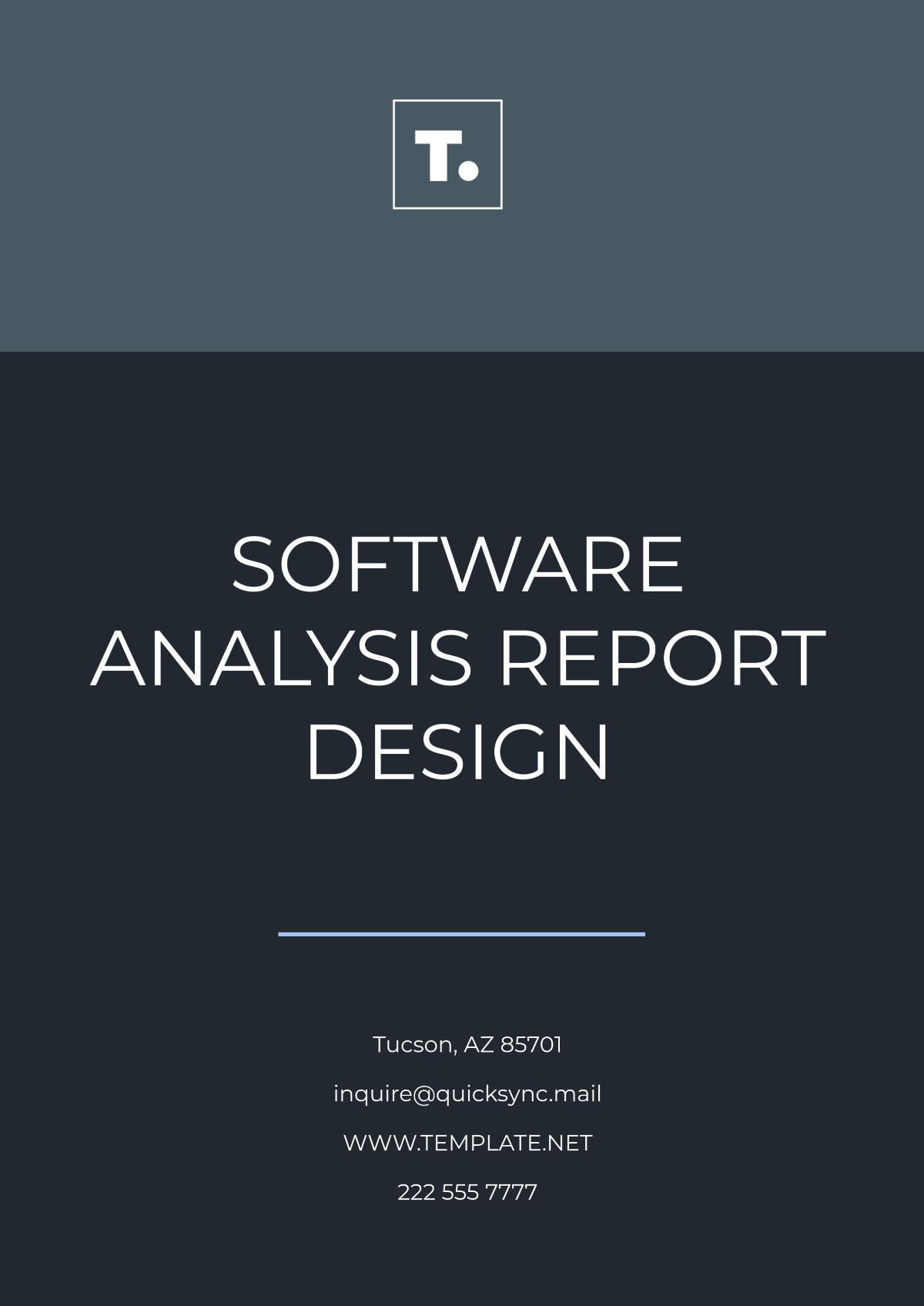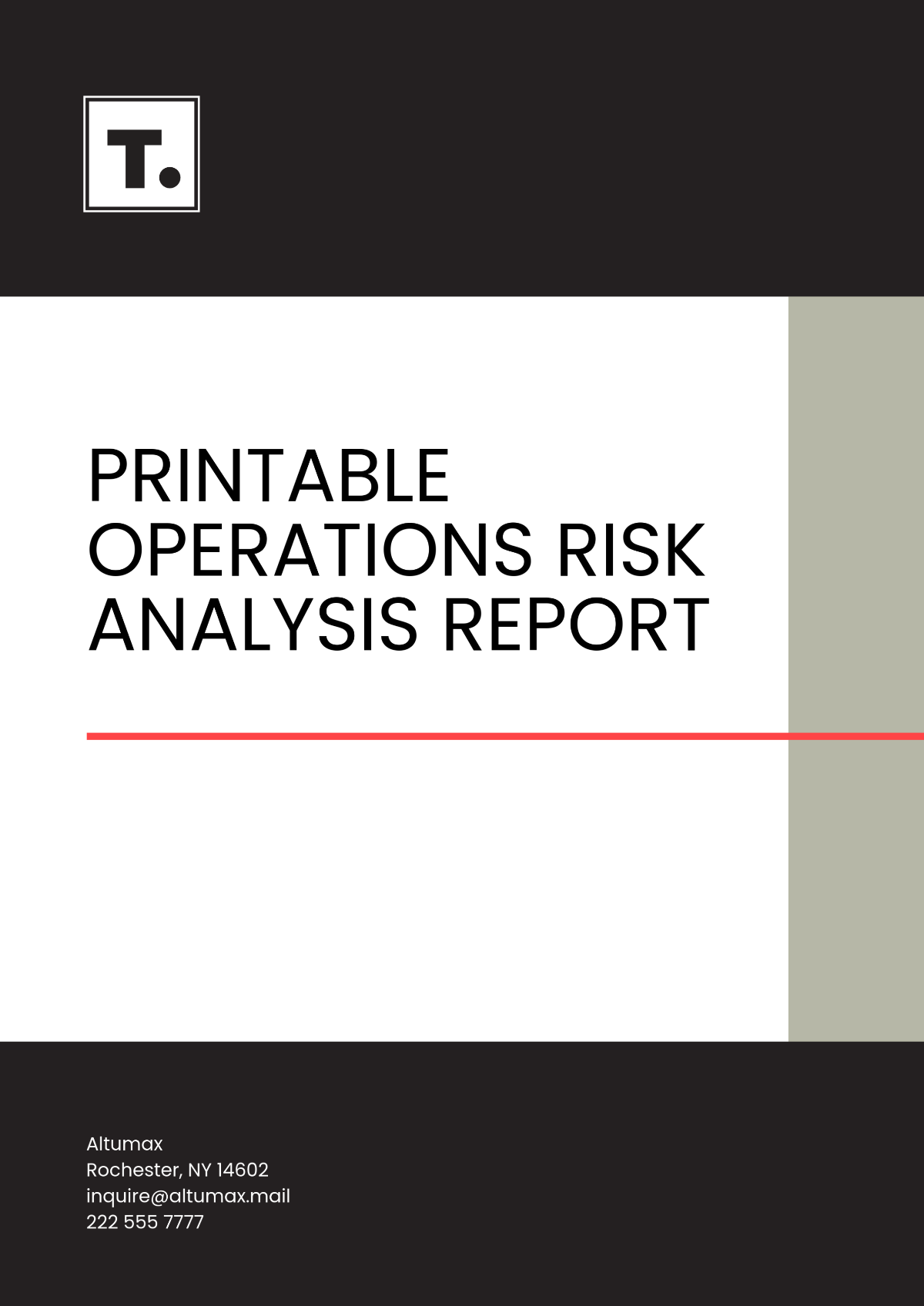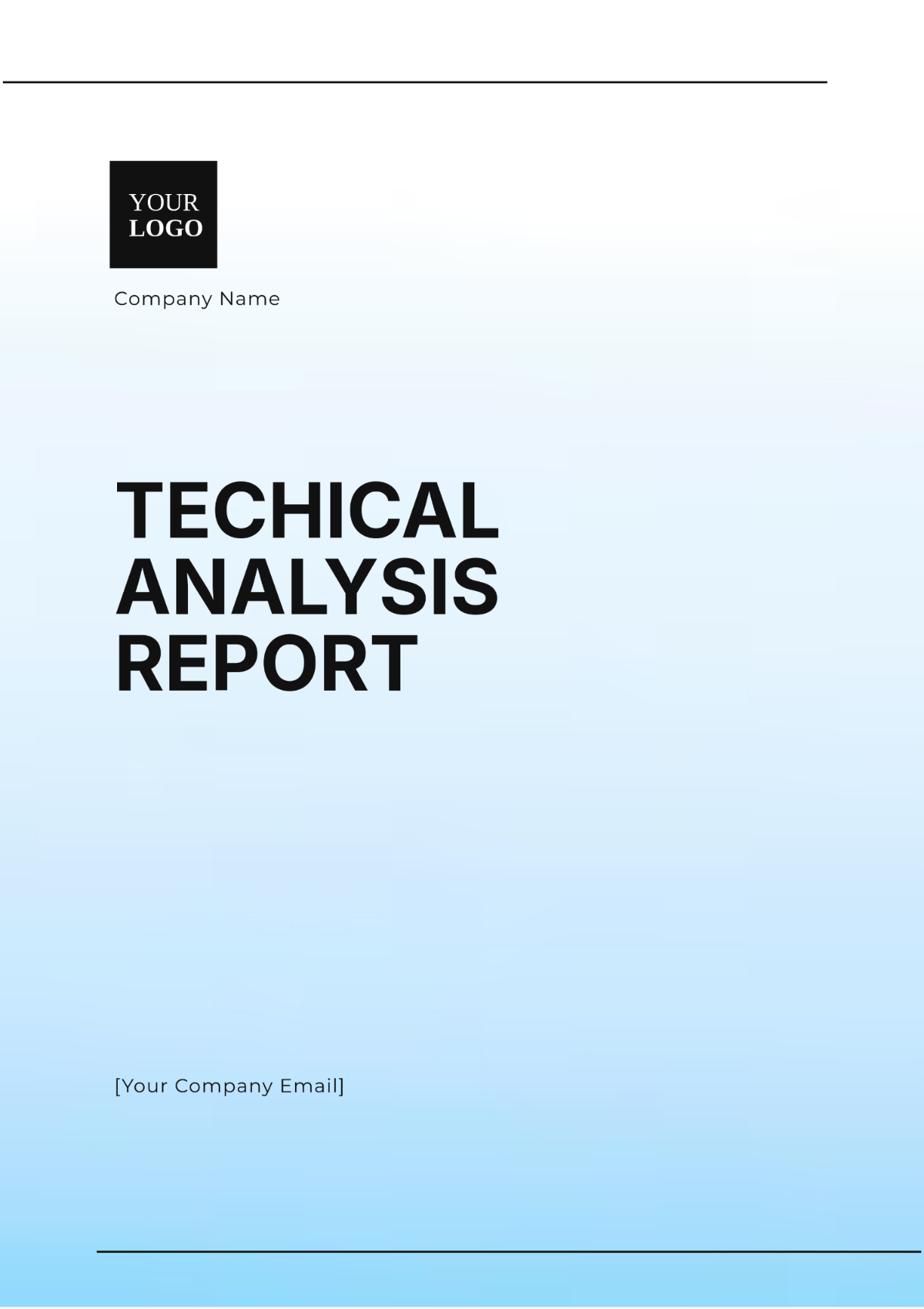Project Feasibility Analysis
I. Introduction
The purpose of this analysis is to evaluate the feasibility of the project and determine its potential for successful implementation. A comprehensive study encompassing financial, technical, and operational aspects will provide a robust framework for decision-making. This analysis is critical to understand the project's viability before committing resources and moving forward with development.
II. Financial Feasibility
The financial feasibility analysis focuses on the cost-effectiveness and economic viability of the project. It involves evaluating initial capital requirements, projected cash flows, and financial return metrics.
A. Initial Capital Requirements
Item | Cost (USD) |
|---|---|
Infrastructure Development | 500,000 |
Technology Acquisition | 250,000 |
Human Resources | 150,000 |
Marketing and Promotion | 100,000 |
Contingency | 50,000 |
B. Projected Cash Flow
Forecasting cash flow is essential to ensure the project can sustain its financial obligations over time. The following cash flow statement summarizes expected revenues and expenses:
Year 1: Revenue - $100,000; Expenses - $250,000
Year 2: Revenue - $300,000; Expenses - $200,000
Year 3: Revenue - $500,000; Expenses - $200,000
C. Financial Metrics
Key financial metrics are calculated to assess profitability and return on investment.
Net Present Value (NPV): $100,000
Internal Rate of Return (IRR): 12%
Payback Period: 3 years
III. Technical Feasibility
Technical feasibility examines whether the proposed technology and processes can be effectively implemented and sustained.
A. Technology Assessment
Selection of appropriate technologies is vital for operational success. The project involves integrating the following technologies:
Cloud Computing Infrastructure
Enterprise Resource Planning (ERP) Systems
Customer Relationship Management (CRM) Tools
B. Resource Availability
The availability of resources, including technical expertise, equipment, and facilities, will be evaluated to ensure support for the project's technological needs.
C. Risks and Mitigation
Identified technical risks and corresponding mitigation strategies:
Risk of System Downtime: Implement robust backup systems.
Data Security Threats: Employ advanced encryption methodologies.
Technology Obsolescence: Regular updates and training sessions.
IV. Operational Feasibility
Operational feasibility reviews the organizational structure and the capability to support project operations efficiently.
A. Organizational Structure
The project requires establishing a dedicated team with clear roles and responsibilities to ensure smooth operation.
B. Process Analysis
Detailed process mapping will be conducted to streamline operations and identify critical bottlenecks.
C. Change Management
A comprehensive change management plan will be developed to facilitate transition and minimize resistance to new processes.
V. Conclusion
The feasibility analysis concludes that the project can potentially achieve its objectives given the alignment of financial, technical, and operational elements. However, the identified risks must be actively managed to mitigate any adverse impact on project outcomes. It is recommended that the project proceeds to the next phase with a focus on detailed planning and execution.
Prepared by: [YOUR NAME]
Company: [YOUR COMPANY NAME]




